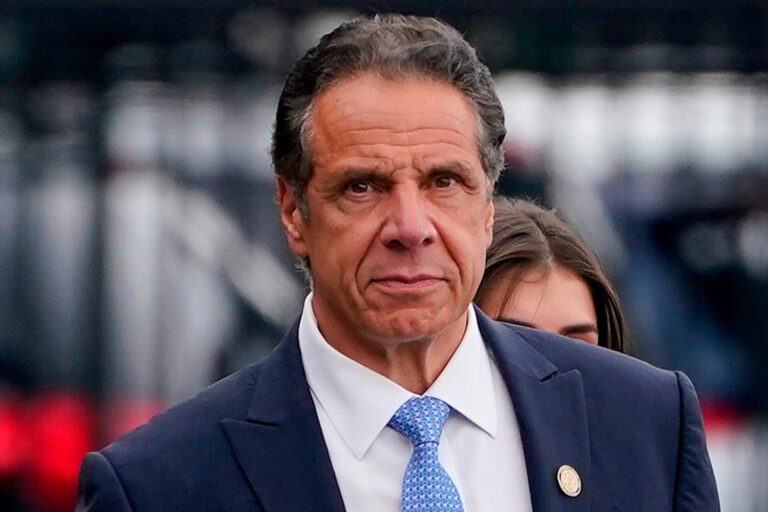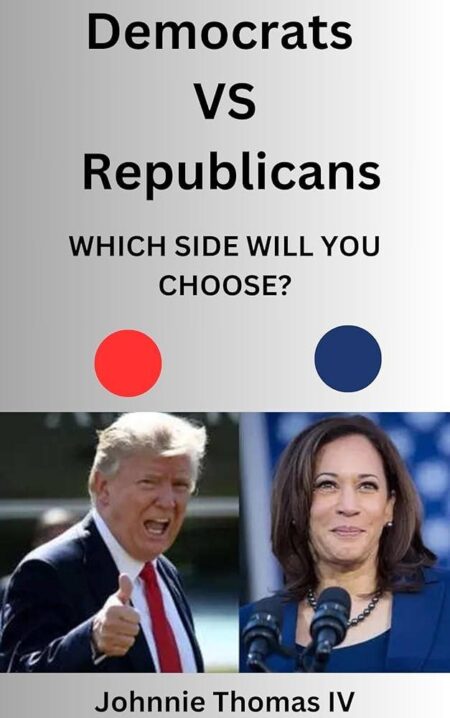Documenting Andrew Cuomo’s Role in New York’s COVID-19 Battle: A Visual Chronicle
Cuomo’s Pandemic Leadership: A Visual and Strategic Overview
During the peak of the COVID-19 outbreak, Andrew Cuomo emerged as a central figure in New York’s pandemic response.His daily televised briefings became a national reference point,blending firm directives with empathetic appeals to the public’s sense of responsibility. These communications not only shaped public understanding but also highlighted the complexities and controversies surrounding his administration’s handling of the crisis.
The photographic record from this period vividly portrays the multifaceted nature of the pandemic’s impact, illustrating:
- The relentless efforts of healthcare professionals on the frontlines
- The rapid change of venues like the Javits Center and USNS Comfort into makeshift hospitals
- Governor Cuomo’s frequent appearances, often accompanied by medical advisors, underscoring a science-based approach
- Deserted urban landscapes reflecting strict lockdown enforcement
- Personal narratives of grief, endurance, and recovery that humanize the crisis beyond mere numbers
| Date | Significant Event | Photographic Highlight |
|---|---|---|
| March 2020 | Initial Major Briefing | Cuomo addressing the public with detailed pandemic maps |
| April 2020 | Conversion of Javits Center | Images of the swift construction of emergency medical facilities |
| May 2020 | Regular Case Updates | Graphs and data visualizations displayed behind the governor |
| June 2020 | Phased Reopening Initiatives | Empty streets of Times Square at dawn, symbolizing cautious reopening |
New York’s Pandemic Response Through a Photographic Lens
Photographs from the COVID-19 era in New York offer an unvarnished look at the state’s evolving battle against the virus under Cuomo’s stewardship. From overwhelmed hospital wards repurposed for emergency care to citizens queuing for testing while masked, these images capture both the urgency and resilience that defined the period.
Key visual themes include:
- Emergency medical facilities: Innovative use of spaces such as convention centers and sports arenas to expand healthcare capacity
- Press briefings: Daily updates where Cuomo and health officials conveyed critical facts to the public
- Community mobilization: Grassroots efforts distributing protective gear and essential supplies to at-risk groups
- Frontline dedication: Portraits of healthcare workers demonstrating unwavering commitment despite personal risk
| Response Component | Visual Representation | Public Reaction |
|---|---|---|
| Field Hospitals | Scenes of rapid setup and busy emergency wards | Hope tempered with apprehension |
| Press Conferences | Close-up shots capturing determination and urgency | Generally trusted, though occasionally contentious |
| Volunteer Initiatives | Images of community groups distributing aid | Strong sense of solidarity and compassion |
| Healthcare Workers | Portraits reflecting exhaustion and bravery | Widespread admiration and gratitude |
Inside Cuomo’s Press Briefings: Coordination and Crisis Management
Behind the scenes of Governor Cuomo’s widely viewed press conferences was a complex operation marked by intense coordination. Each briefing was carefully prepared, balancing the need for accurate, timely information with the pressure to maintain public calm.Cuomo was often accompanied by a team of health experts, epidemiologists, and legal advisors, symbolizing a collaborative approach to crisis governance.
Critical behind-the-scenes roles included:
- Advisory teams analyzing fast-changing data and public sentiment
- Technical staff ensuring seamless live broadcasts
- Legal experts guiding emergency orders and enforcement policies
- Medical professionals providing up-to-the-minute updates and clarifications
| Team | Function | Contribution |
|---|---|---|
| Governor’s Office | Policy advancement and public messaging | Consistent interaction and rapid decision-making |
| Health Specialists | Data interpretation and health guidance | Evidence-based strategies for public safety |
| Legal Counsel | Emergency regulation framework | Ensured lawful and enforceable measures |
| Media Production | Broadcast management and press relations | Maximized clarity and audience reach |
Insights and Strategies for Future Public Health Crises
The COVID-19 pandemic under Cuomo’s leadership exposed vital lessons for managing future health emergencies. While rapid response and clear communication were strengths, challenges such as data delays and resource shortages highlighted areas needing improvement.Building public trust requires consistent honesty and preparedness, alongside investments in healthcare infrastructure and real-time data systems.
Recommendations for enhancing future crisis management include:
- Improved data clarity: Ensuring timely and accurate information flow to the public and media
- Complete emergency drills: Prioritizing vulnerable populations in preparedness exercises
- Enhanced inter-agency cooperation: Strengthening collaboration across state and federal levels
- Mental health prioritization: Supporting frontline workers and affected communities with dedicated resources
| Issue | Lesson Gained | Suggested Action |
|---|---|---|
| Delayed Data Reporting | Damaged public confidence | Adopt real-time data tracking technologies |
| Supply Chain Disruptions | Revealed vulnerabilities in resource availability | Diversify suppliers and maintain strategic reserves |
| Spread of Misinformation | Complicated public health messaging | Appoint credible spokespersons and monitor media accuracy |
Looking Ahead: Reflecting on a Defining Chapter in New York’s History
As New York continues to face the ongoing challenges of the COVID-19 pandemic, the photographic archive of Andrew Cuomo’s leadership offers a compelling visual testament to a turbulent era. These images not only document crisis management and policy decisions but also celebrate the resilience and solidarity of New Yorkers. This collection stands as a powerful reminder of the complexities and enduring impact of leadership during an unprecedented public health emergency.




